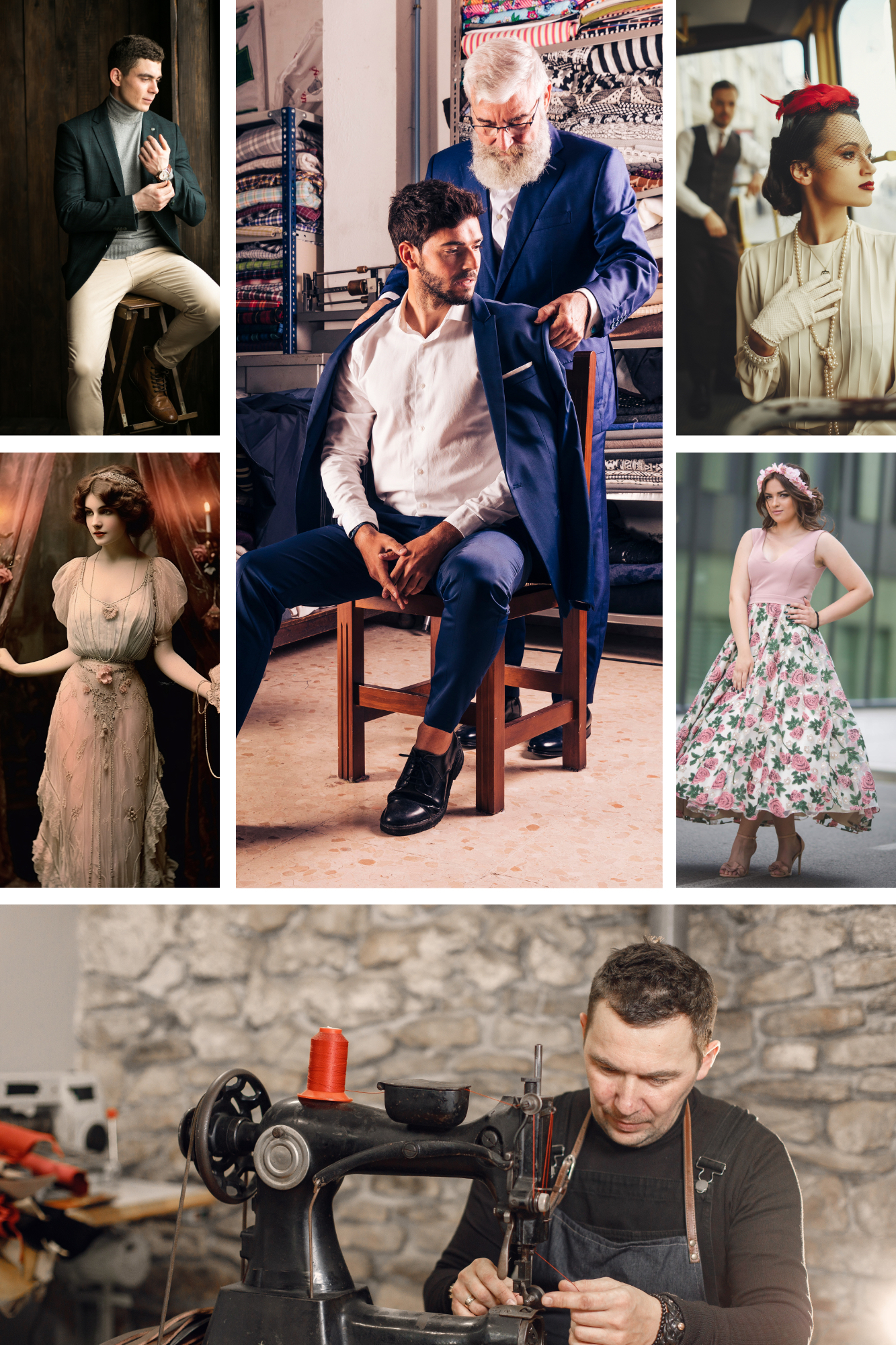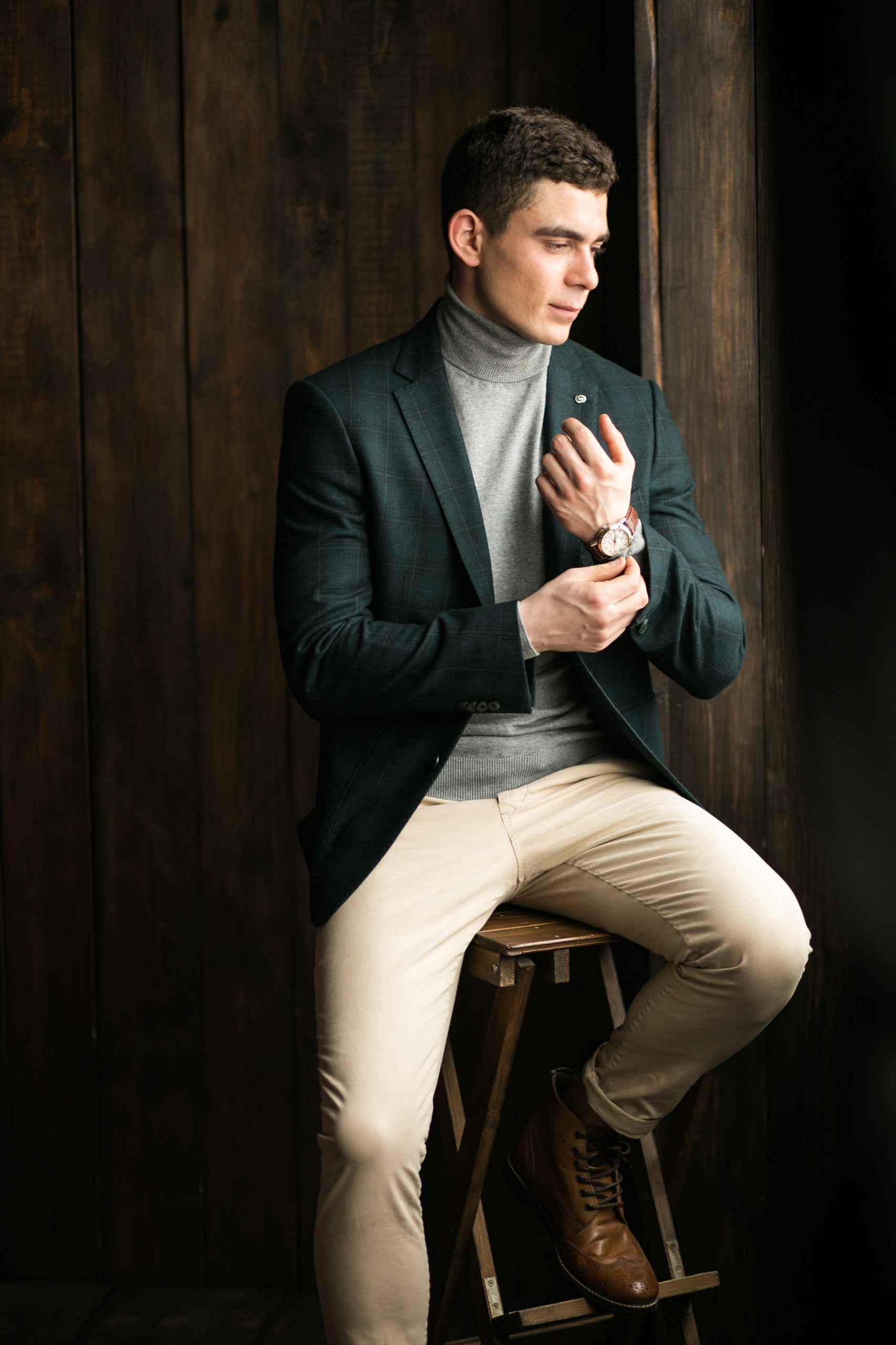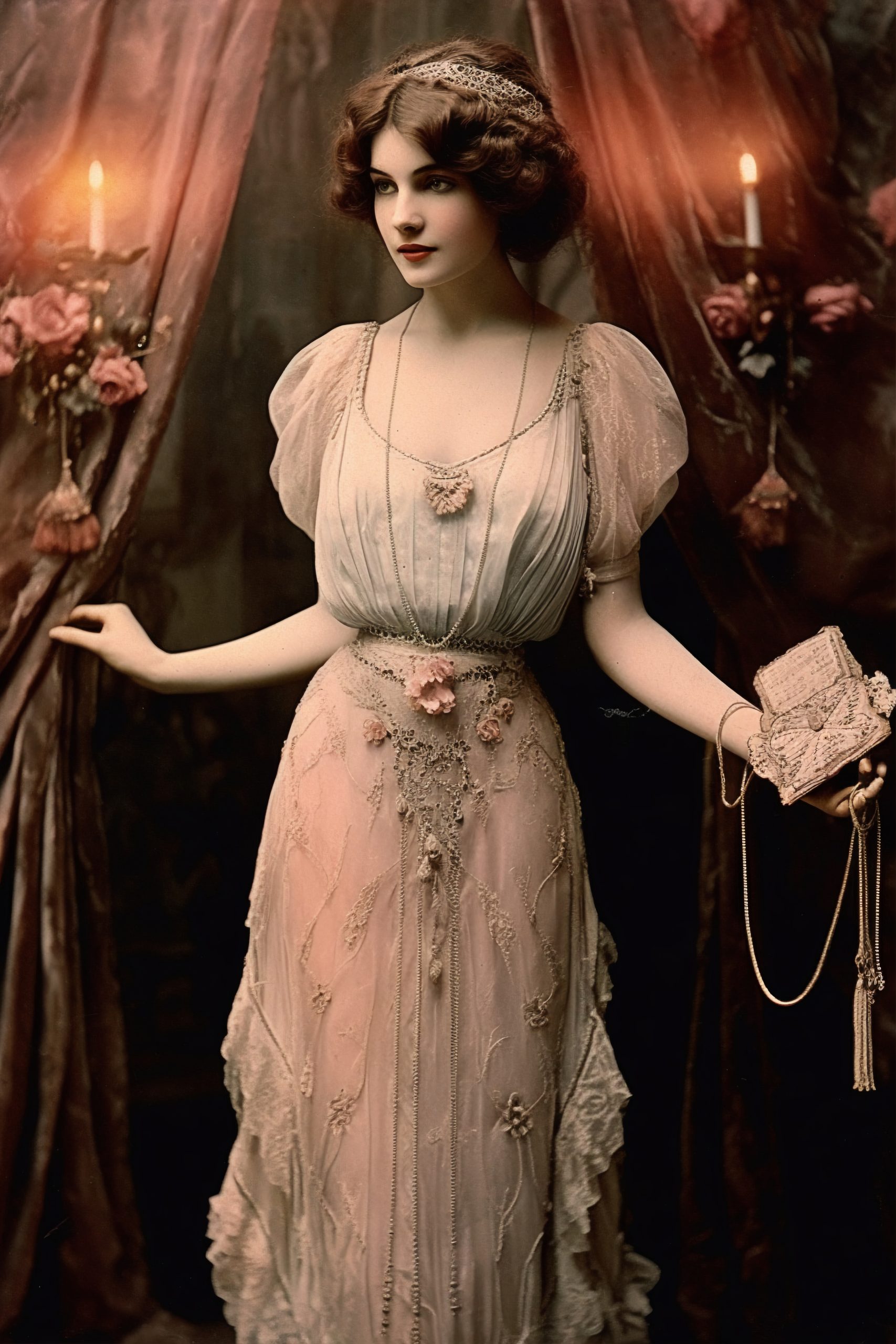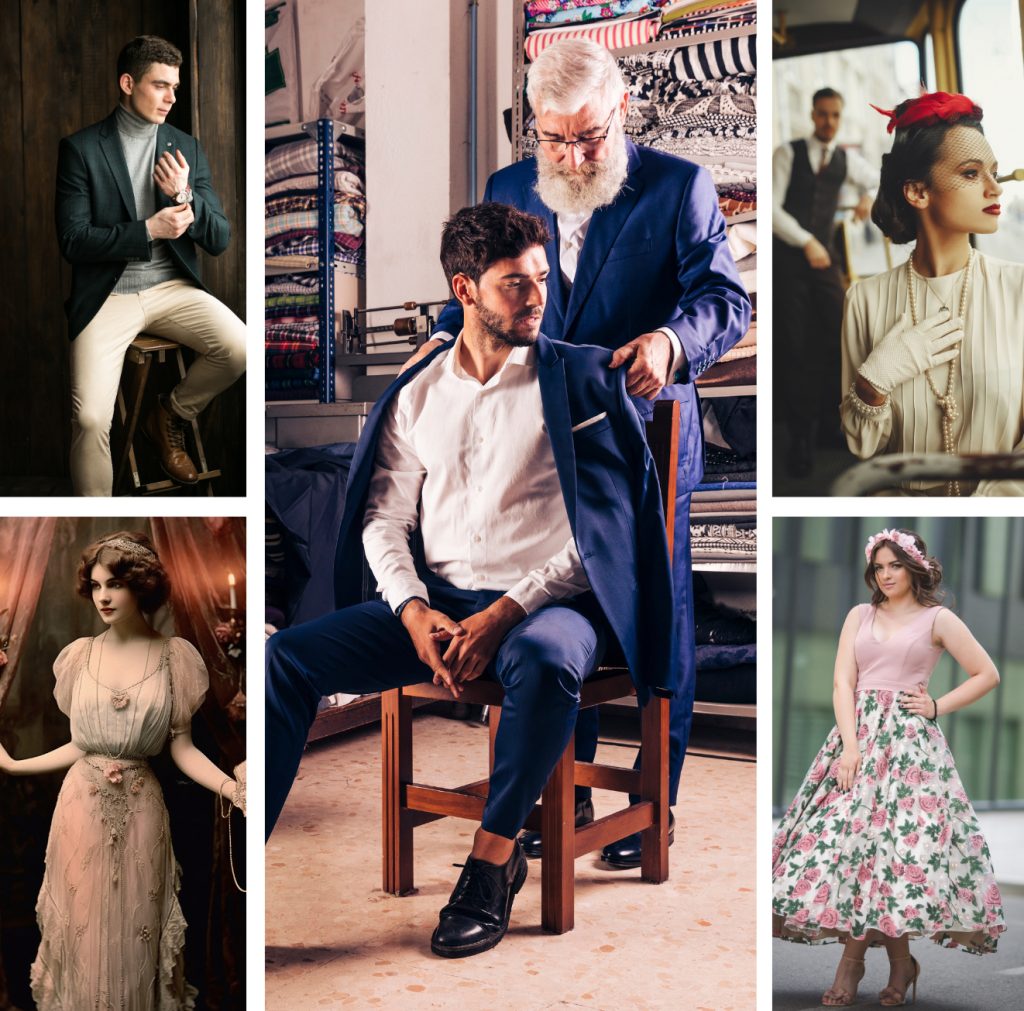“Steam and steel reshaped not only nations but the very fabric of fashion, democratising beauty and mechanising dreams.”
— Dinis Guarda

The nineteenth century witnessed fashion’s most profound transformation since the Renaissance. Industrial production, democratic ideals, and global expansion created the modern fashion system while establishing many principles that govern contemporary dress.
The nineteenth century transformed fashion more profoundly than any period since the Renaissance, industrialising production whilst democratising access to fashionable dress. The division between haute couture and ready-to-wear didn’t exist, with most women’s clothing made-to-measure by dressmakers and tailors who maintained intimate relationships with their clients, creating garments that reflected individual taste whilst conforming to social expectations.
The French Revolution initially simplified fashion through its rejection of aristocratic excess, promoting republican virtue through democratic dress that repudiated the elaborate displays of the ancient régime. The French Revolution influenced fashion trends, with Neoclassicism inspiring styles for both men and women that sought beauty in simplicity rather than complexity. Women adopted high-waist silhouettes and lightweight fabrics that suggested classical Greek and Roman dress, while men looked to British tailors for refined styles that emphasised quality of construction over decorative display.
The industrial revolution mechanised textile production, making fashionable materials accessible to unprecedented numbers of people whilst maintaining craft traditions in the construction of individual garments. The development of synthetic dyes created a spectrum of colours unknown to previous generations, enabling fashion effects that seemed to capture the vibrancy of industrial optimism. The sewing machine revolutionised garment construction, making complex clothing affordable for middle-class consumers whilst creating new employment opportunities for women in fashion production.

Victorian fashion achieved extraordinary structural complexity through innovations in undergarment construction that created silhouettes of unprecedented artificiality. The crinoline, constructed from steel hoops, created bell-shaped skirts that transformed women into living architectural elements. The bustle, which succeeded the crinoline, concentrated volume at the rear, creating silhouettes that seemed to defy natural human proportions whilst demonstrating fashion’s power to reshape reality according to aesthetic ideals.
These foundation garments required sophisticated engineering and represented triumph of human ingenuity over natural limitation.
Democratic Revolution
The French Revolution initially simplified fashion, promoting republican simplicity over aristocratic excess. It influenced fashion trends, with Neoclassicism inspiring styles for both men and women. Women adopted high-waisted silhouettes and lightweight fabrics, while men looked to British tailors for refined styles.
Industrial Transformation
The industrial revolution mechanised clothing production, making fashionable dress accessible to broader populations. The development of the sewing machine, synthetic dyes, and mass production techniques fundamentally altered fashion’s economics and social role.
Victorian Complexity
Mid-century Victorian fashion reached unprecedented levels of construction complexity. The development of the crinoline, bustle, and elaborate mourning dress codes created a fashion system of extraordinary sophistication and social significance.

Key Benchmarks
| Period | Innovation | Significance |
| 1789 | Revolutionary simplicity | Democratic fashion ideals |
| 1820 | Industrial textile production | Mass fashion accessibility |
| 1850 | Sewing machine adoption | Clothing construction revolution |
| 1870 | Synthetic dye development | Colour democratisation |
| 1890 | Department store growth | Retail fashion transformation |
Dinis Guarda with Jasmeen Dugal

Jasmeen Dugal is Associate Editor at FashionABC, contributing her insights on fashion, technology, and sustainability. She brings with herself more than two decades of editorial experience, working for national newspapers and luxury magazines in India.
Jasmeen Dugal has worked with exchange4media as a senior writer contributing articles on the country’s advertising and marketing movements, and then with Condenast India as Net Editor where she helmed Vogue India’s official website in terms of design, layout and daily content. Besides this, she is also an entrepreneur running her own luxury portal, Explosivefashion, which highlights the latest in luxury fashion and hospitality.











